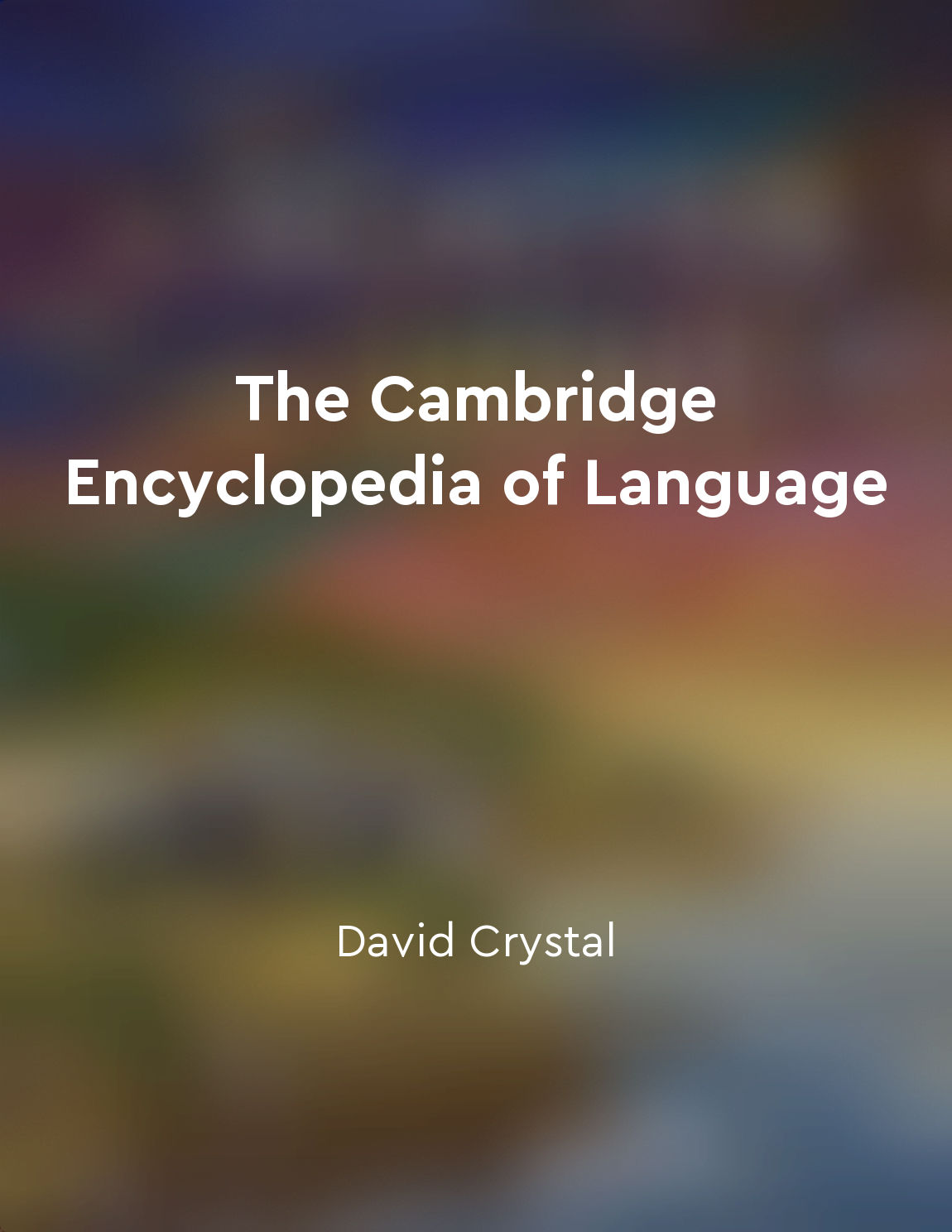Language distribution reflects ancient migration patterns from "summary" of Early Indians by Tony Joseph
The distribution of languages in India today is not random but is closely linked to the movements of ancient populations. Various language families spread across the country over thousands of years, reflecting the migration patterns of different groups. The Dravidian languages, for example, are mainly spoken in southern India, indicating that the speakers of these languages likely migrated to the region in ancient times. Similarly, the Indo-European language family is prevalent in the northern part of the country, suggesting that the speakers of these languages migrated to the region at a different period in history. The Austroasiatic and Tibeto-Burman language families are found in eastern India, pointing to the migration of these language speakers to the region in ancient times. These language distributions provide valuable insights into the movements of populations in the past. By studying the linguistic landscape of India, researchers can trace the paths taken by different groups as they migrated across the subcontinent. This information helps in understanding the complex history of India and the diverse origins of its people. The distribution of languages in India today is a testament to the rich tapestry of cultures that have contributed to the country's heritage. It showcases the interactions and exchanges that have taken place between different communities over millennia, shaping the linguistic diversity we see today. By examining the language distribution in India, we can unravel the intricate web of connections that link various groups and regions across the subcontinent. Language is not just a means of communication but also a reflection of the historical processes that have shaped a society. The distribution of languages in India tells a story of migration, settlement, and cultural exchange that has played out over thousands of years. By delving into the linguistic diversity of the country, we can gain a deeper understanding of its past and appreciate the contributions of different groups to its rich heritage.Similar Posts
Words have the power to inspire and motivate
Words have the remarkable ability to stir emotions, ignite passions, and drive people to action. They possess a certain power t...

Language is a fundamental aspect of human society
Language plays a crucial role in human society, acting as a fundamental element that allows individuals to communicate, interac...
Creativity in learning
The concept of creativity in learning is a fundamental aspect of education that is often overlooked. It is essential to underst...
South Asia's art and architecture showcase its rich heritage and craftsmanship
The art and architecture of South Asia stand as a testament to its rich heritage and the unparalleled craftsmanship of its arti...

Evidence of intermingling of diverse populations
The genetic evidence, as discussed in the book, clearly indicates a significant amount of intermingling between different popul...
South Asia has faced challenges in maintaining political stability and economic development
The history of South Asia is marked by a series of challenges that have hindered the region's ability to maintain political sta...
